The answer:
Bird Flu, also known as HPAI (Highly Pathogenic Avian Influenza). It’s no wonder we prefer to call it by its catchy nickname or initials.
Birds and Avian Influenza
Avian Influenza has been monitored since the late 19th century as a source of contagious death in poultry, causing significant mortality rates. The virus is a combination of two protein groups on the Influenza A virus. While most combinations don’t result in severe disease, scientists have been closely tracking the more deadly strain, HPAI, since 2014 when it infected a human. Since then, concerns have risen about the spread of this virus, especially from wild waterfowl and migratory birds, which can transmit it to both backyard hobbyist flocks and commercial poultry farms.
In 2022, HPAI was detected in U.S. flocks, and by 2024, it has raised alarm bells as commercial poultry farms are forced to shut down. The virus spreads quickly through direct bird-to-bird contact, but it can also be transmitted via contaminated surfaces such as clothing, shoes, and vehicles. Wild birds often spread the virus through their feces. The mortality rate within a flock can be as high as 90%. Governor Kathy Hochul , recently, directed live bird markets in New York City, Westchester, Suffolk and Nassau counties to temporarily shut down because HPAI was detected.
Symptoms of HPAI in Birds:
• Sudden death
• Decreased food intake and water consumption
• Lethargy
• Respiratory distress
• Nasal discharge
• Purple discoloration around the legs and head
• Drop in egg production
• Diarrhea
• Neurologic symptoms, including stargazing, tremors, and circling
Currently, the only way to manage an outbreak is to prevent further spread by depopulating the affected flock (a humane way of saying, “culling” the entire flock) and quarantining the site.
If you have a backyard flock of chickens, geese, or other fowl, be vigilant and reach out to the appropriate authorities:
• For wild birds in Region 3: DEC Wildlife Staff
• For backyard flocks: USDA 1-866-536-7593 or NY State Vet 1-518-457-3502
________________________________________
Cows and HPAI
Cattle are sensitive to HPAI but do not suffer as severely as birds. The symptoms in cattle are typically mild and often resemble other bovine diseases.
Symptoms of HPAI in Cattle:
• Reduced milk production
• Thicker colostrum-like milk
• Decreased feed consumption
• Abnormal soft stools
• Lethargy
• Dehydration
• Fever
The virus can be transmitted between farms through direct contact with cattle, trucks, wild birds, or even humans carrying the virus. The virus may also be present in raw milk and meat, presenting further concerns for human and animal health.
________________________________________
Cats and HPAI
Unlike cattle, cats are highly susceptible to HPAI and can suffer severe illness. The virus was initially discovered in cats after high death rates were reported in cow barns. Alarmingly, cats are extremely sensitive to the virus, and infection can be fatal.
Cats become infected through hunting wild birds, consuming raw milk or meat (whether from cows or poultry), or direct contact with contaminated environments or humans working with infected animals.
Important Warning: DO NOT FEED RAW DIET TO CATS!
Here’s why: we cannot cure HPAI in cats, and symptoms start with poor appetite, fever, and lethargy, which can quickly progress to neurologic symptoms resembling rabies or even to death.
Symptoms of HPAI in Cats:
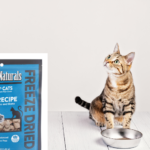 • Fever
• Fever
• Lethargy
• Severe depression
• Nasal discharge
• Circling, tremors, seizures, and blindness
Cats in New York have already been infected and died due to HPAI. Additionally, large cat collections (such as cougars and tigers) at wildlife reserves in Washington State have been decimated by the virus.
If you suspect your cat is infected, contact your veterinary hospital before bringing your pet to the hospital. You should also minimize your cat’s exposure to immunocompromised individuals.
To protect yourself and others, follow the Centers for Disease Control and Prevention (CDC) recommendations. Monitor your family and animals for signs of illness and report any human illness to local public health authorities.
________________________________________
Veterinarians and HPAI
Veterinarians often work with wildlife, companion animals (like cats), large animals (such as cattle), and zoo collections. They are also employed by the USDA to safeguard the food supply. Part of their training and professional oath is understanding diseases that can jump between species and affect human health.
The veterinary oath: “Being admitted to the profession of veterinary medicine, I solemnly swear to use my scientific knowledge and skills for the benefit of society through protecting animal health and welfare, preventing and relieving animal suffering, conserving animal resources, promoting public health, and advancing medical knowledge.”
However, recent concerns have arisen regarding the spread of HPAI among veterinarians and cattle workers. Persons that work closely with cattle and poultry are becoming infected with the virus. The spread of the virus amongst these workers is important to understand. However, Dorothy Fink, the acting secretary of the Department of Health and Human Services, recently paused the scientific reporting from the CDC’s Morbidity and Mortality Weekly Report, which has been published since 1952. One study explored whether veterinarians working with cattle were unknowingly infected with H5N1, and another focused on potential transmission between cats and people.
There is a real risk that HPAI could evolve and spread among humans, potentially leading to a pandemic.
________________________________________
The Price of Food 
If we are unable to contain this infection or develop a vaccination program, the prices of staple food items like eggs, milk, chicken, and beef will rise dramatically. The U.S. is a leading exporter of animal products, with over $37 billion in agricultural exports in 2023. If HPAI continues to spread, it could disrupt these exports, leading to potential economic consequences. Maintaining the safety and trustworthiness of U.S. animal products is crucial in supporting our economy and addressing the national debt.
________________________________________


 The start of the New Year is always filled with the promises we make to ourselves to improve our health, our relationships or learn new skills.
The start of the New Year is always filled with the promises we make to ourselves to improve our health, our relationships or learn new skills.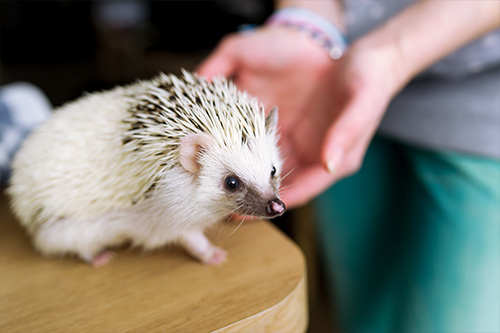
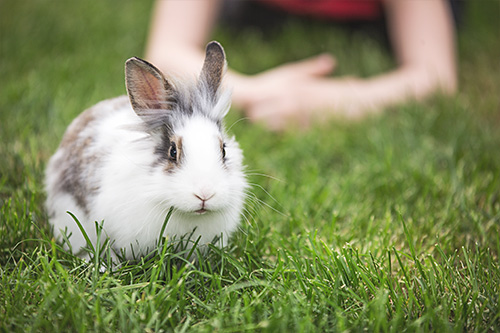

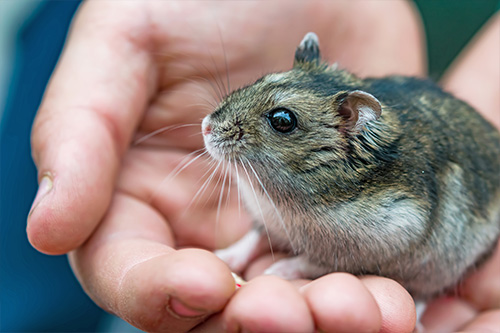
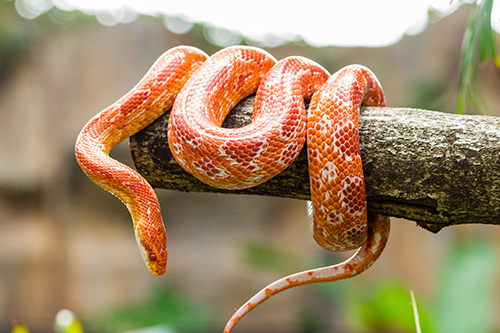

 Bouts of diarrhea for your pet can be very overwhelming. With the endless trips outside and the constant worrying about an in-home accident, you may be at your whits’ end. Many online sources recommend pumpkin as a great quick fix for diarrhea in pets due to the fiber found in pumpkin puree, but is it enough?
Bouts of diarrhea for your pet can be very overwhelming. With the endless trips outside and the constant worrying about an in-home accident, you may be at your whits’ end. Many online sources recommend pumpkin as a great quick fix for diarrhea in pets due to the fiber found in pumpkin puree, but is it enough? So, what should you give your pet for their diarrhea? Fiber capsules are a great way to ensure you are giving your pet enough fiber without the additional sugar and salt. We recommend using
So, what should you give your pet for their diarrhea? Fiber capsules are a great way to ensure you are giving your pet enough fiber without the additional sugar and salt. We recommend using 

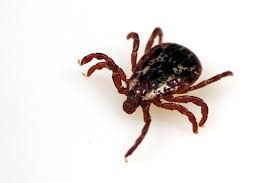







Recent Comments